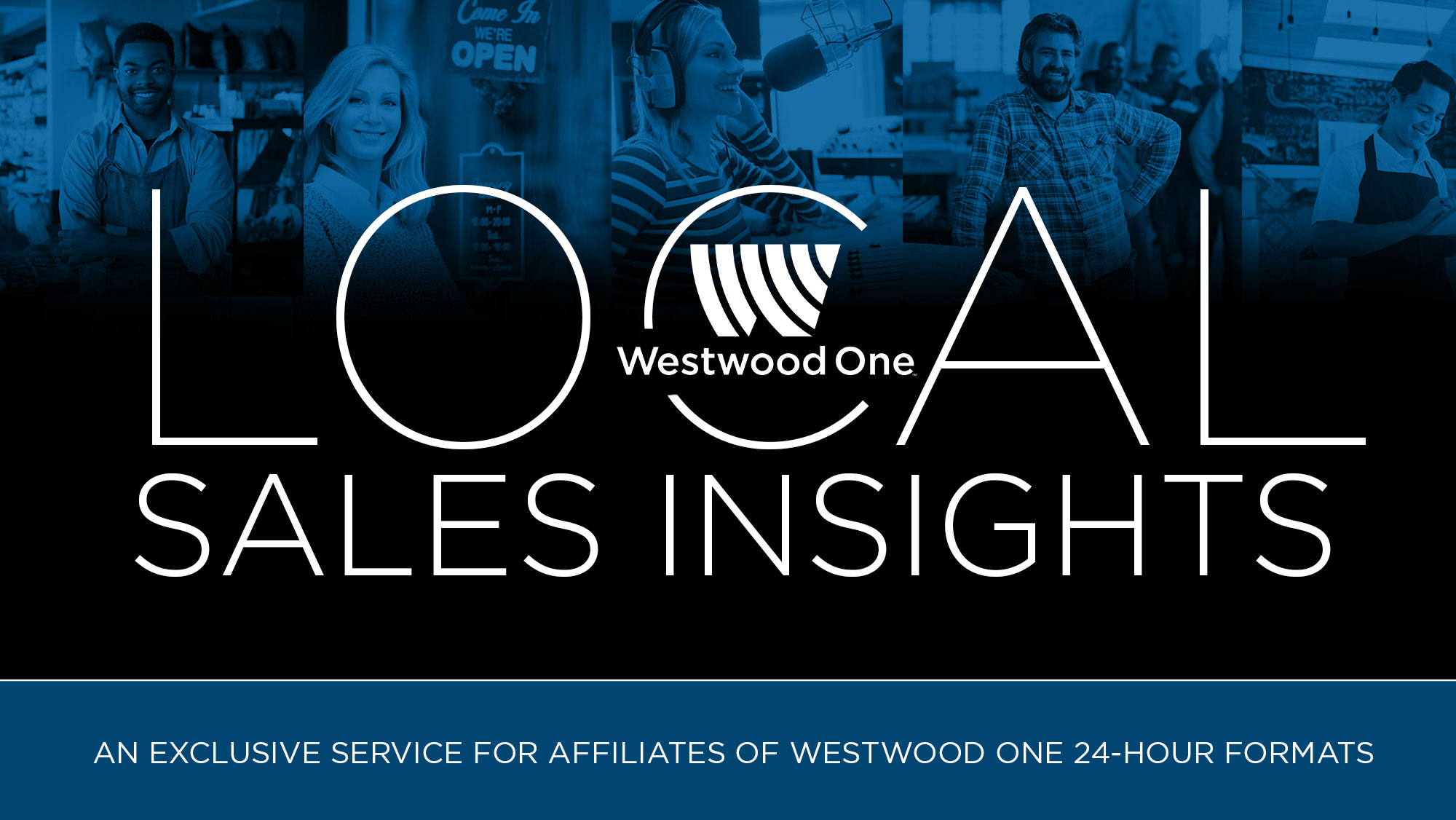The State Of The Fast-Food Consumer And Why AM/FM Radio And Quick Service Restaurants Are Made For Each Other
While COVID has altered many shopping and retail habits, visits to quick service restaurants (QSR) have roared back. According to the latest QSR visitation data from PlaceIQ, one of the leading location analytics firms, visits to fast-food restaurants now exceed pre-pandemic levels. As of January 2022, U.S. fast-food foot traffic is up +22% versus 2019 levels.
Frequent fast-food consumers are younger, have higher than average incomes, are more likely to be employed, and have kids
Nielsen Scarborough reports that compared to the average person, frequent QSR customers are more likely to have families and be employed, which explains their higher income.
Since frequent fast-food diners are more likely to work and have kids, it is no surprise that they clock a lot of miles in their vehicles
A recent October 2021 Nielsen Scarborough study found that consumers who visit quick service restaurants 10+ times in the past month are high mileage drivers.
21% of Americans who are considered frequent fast-food diners have visited a quick service restaurant 10+ times in the past month. Those who have clocked more miles in the car are far more likely to be frequent fast-food diners. 31% of those who have driven 250 to 499 miles in the last week are 10+ QSR visitors, +50% more than the U.S. average.
Heavy AM/FM radio listeners are frequent fast-food diners: Most AM/FM radio ad impressions are generated by heavy QSR category users
According to Nielsen Scarborough, heavy AM/FM radio listeners are much more likely to be frequent QSR visitors. The heaviest U.S. AM/FM radio viewers are +27% more likely to be 10+ per month fast-food diners.
To QSR brands, AM/FM radio impressions are worth +33% more than TV impressions
America’s heavy AM/FM radio listeners (the top 40% who listen the most) over-index (117) for 10+ monthly QSR trips. Heavy AM/FM radio listeners are +17% more likely than the U.S. average to be frequent fast-food diners.
A QSR campaign on AM/FM radio is +33% more likely than TV to reach frequent fast-food diners.
The profile of the frequent fast-food diner is most similar to Internet users and heavy AM/FM radio listeners
Compared to frequent fast-food customers, heavy TV viewers are much older, less employed, and much less likely to have kids.
There is a mismatch in fast-food advertising media budgets: TV is overused and AM/FM radio is underutilized
According to PlaceIQ location analytics, 6AM-7PM is “fast-food prime time,” when Americans spend more time with AM/FM radio than TV. Among frequent fast-food customers, 57% of 6AM-7PM media usage goes to AM/FM radio and 43% goes to TV. Yet, between the two media, 94% of the ad dollars goes to TV and only 6% goes to AM/FM radio. A major mismatch.
Nielsen sales lift studies reveal AM/FM radio ads generate a +6% increase in total QSR buyers and a $3 to $1 return on investment
Nielsen matched Portable People Meter AM/FM radio commercial exposures to credit and debit card spending. For every dollar of AM/FM radio advertising, $3 dollars of incremental sales were generated.
Key takeaways:
- Frequent fast-food consumers are younger, have higher than average incomes, are more likely to be employed, and have kids
- Since frequent fast-food diners are more likely to work and have kids, it is no surprise that they clock a lot of miles in their vehicles
- Heavy AM/FM radio listeners are frequent fast-food diners: Most AM/FM radio ad impressions are generated by heavy QSR category users
- To QSR brands, AM/FM radio impressions are worth +33% more than TV impressions
- The profile of the frequent fast-food diner is most similar to Internet users and heavy AM/FM radio listeners
- Nielsen sales lift studies reveal AM/FM radio ads generate a +6% increase in total QSR buyers and a $3 to $1 return on investment
